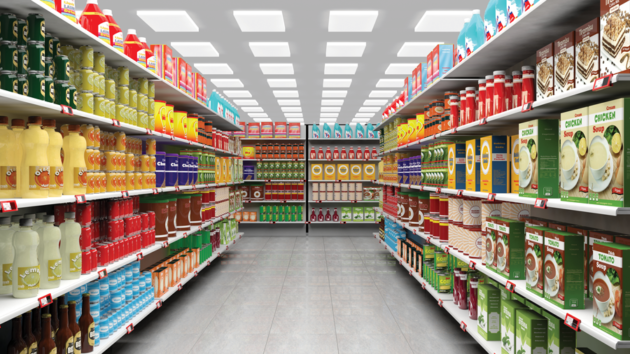
Recipe to Retail: What do grocers want from brands?
By Birgit Blain
Food Trends Photo © viperagp / Adobe Stock
Photo © viperagp / Adobe Stock Competition is fierce among Canada’s food retailers, and they have a long list of priorities and challenges. By understanding what grocers want, brands can ensure they tick all the boxes, motivating retailers to list and support them. Brands need to convince grocers the listing is worth their while. Think of listings as being earned.
Enable differentiation
Every chain strives to differentiate their stores from competitors to attract new customers, generate more shopping trips and increase basket size to grow sales. Grocers can’t afford to list “same old same old” items. They don’t want another chocolate chip cookie.
If there is an unmet need and growing demand for your products, prove it to the retailer. Brands with the power of influence can entice their loyal consumers to shop a store and even switch stores. It benefits the retailer when they acquire a new customer and creates a sales ripple effect to other categories.
Smaller independent chains lack the clout that size provides. They look to brands to provide an edge because they can’t compete on price. There is a place for specialty and niche items that align with retailer objectives and causes they support.
Generate incremental sales
Merely replacing one product with a similar item does nothing for the retailer. The acid test is whether a product will generate new business for the category. Generating incremental sales requires innovation that satisfies an unmet need, without cannibalizing sales of other skus. Think how the coffee category benefited from the introduction of single-serve coffee pods; exponential sales were achieved.
Most items on consumer shopping lists do not change from week to week. If a product has the potential to become a staple, then it’s a big win for all.
It’s the brand owner’s responsibility to drive sales through a strong marketing program that raises awareness and drives trial and repurchase. Optimizing how your brand shows up on the virtual shelf to drive online sales is equally important.
Retailers expect brands to provide trade spend, with impactful promotional programs that motivate purchases.
Achieve margin
Does the product achieve category gross margin targets? This also applies to promotional periods. Keep in mind that grocers take penny profit, not percentages, to the bank. And no margin is earned without a sale.
Support retailers’ sustainable development goals
Sustainability is increasingly important. Grocers expect suppliers to get on board and align with their sustainability goals to help them achieve targets. Loblaw’s goals include ethical and environmentally conscious sourcing, minimizing plastic use, smarter packaging, waste reduction, efficient use of resources, carbon footprint reduction and protecting human rights.
Add value
Find opportunities to add value and make the category manager’s life easier. Become a trusted resource by providing market intelligence and consumer insights from reputable sources. Communicate effectively, provide a heads up when a problem occurs and have a solution ready.
Although it’s increasingly challenging, aim for 100 per cent service levels with orders delivered in full and on time. Quickly and efficiently resolve issues that inevitably crop up and minimize the impact on the customer.
Think like a retailer
Reams of information can be gleaned from annual reports, trade magazines, and through observational store visits. Invest time to get to know your customers—how they think, what they need and how they operate their business.
As a CPG food consultant, Birgit Blain helps clients think strategically to build a sustainable brand. Her experience includes 17 years with Loblaw Brands and President’s Choice. Contact her at birgit@bbandassoc.com or learn more at www.bbandassoc.com.
This column was originally published in the October 2022 issue of Food in Canada.
Print this page